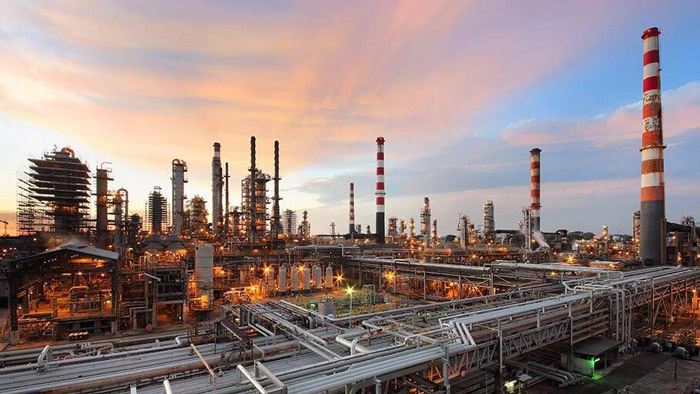
ExxonMobil’s Tim Nadasdi on the future of Group I base oil post-Covid 19
The global oversupply of base stocks was estimated at 50 thousand barrels per day (KBD) as of 2019. Tim Nadasdi, product development advisor, basestocks and specialties, at ExxonMobil Fuels and Lubricants, anticipates that this overhang could reach 100 KBD in the next couple of years.
Nadasdi, who began his career at Imperial Oil in Canada as a finished lubricants formulator, now supports the development of ExxonMobil’s base stock offering with a focus on products that fit market needs. The ExxonMobil representative joined Vicky Denton, CEO and Editor-in-Chief of F&L Asia Ltd on F+L Webcast, to discuss key developments in the global base oil market.
Nadasdi admits it is difficult to predict the impact of the COVID-19 pandemic on base oil demand. Eventually, the world will return to a sense of normality. However, Nadasdi highlighted potential base oil capacity reductions of up to 5% in Group I capacity, which is equivalent to 35 KBD, due to COVID-19.
Recent slowdown in Group I production has occurred in some regions. Much of this may be temporary, though not all capacity will come back online, says Nadasdi. Large, well-located, efficient, integrated manufacturing sites that produce valuable co-products will be more resilient to the pressures of COVID-19. Smaller refineries that are not in advantageous locations and do not manufacture a wide product mix are the ones that are going to struggle. Many of these may not come back on stream after the pandemic is over, he suggests.
Nadasdi began his career at Imperial Oil in 1996. A tremendous amount has changed in the 20+ years he has been involved in the industry. In 1996, Group II was just becoming available in the marketplace. Now, it is the heart of the market for finished lubricants, with Group II expected to represent 50% of global base oil demand by 2030.
Automotive technology needs are driving this technical demand change and a greater requirement for hydroprocessed base stocks. Smaller, higher power density engines with lower emissions are demanding lower viscosity oils and better high-temperature properties.
Despite ongoing declines in Group I demand over the past couple of decades, Group I is “not going away,” says Nadasdi. ExxonMobil believes there is a future for Group I, particularly in bright stock and heavy neutral grades. Many applications in industrial, marine and process oils require or prefer Group I. “It will get to a point in time where declines in Group I will level off. I think we are getting close to that point,” says Nadasdi.
From a pricing perspective, the spread between Group I and Group II base oils has been narrowing. Group II pricing has dropped below Group I in some instances, says Nadasdi. However, the Group II to Group III price differential remains largely constant across the world, aside from a slight narrowing of the spread in North America.
Regionally, Europe is the most vulnerable to a Group I supply imbalance, says Nadasdi. Asia, on the other hand, will continue to be a strong market for Group I long into the future as the key economies in China, India and Southeast Asia continue to modernise. The U.S. base oil market continues to be flat. To win in America, manufacturers must have the flexibility to process “advantaged” crude oils which sell at a discount relative to global benchmark crude oils, to lower their production costs while producing base stocks with the range of qualities their customers require.
F+L Webcast is a brand-new fuel and lubricant industry podcast by F&L Asia Ltd. You can listen to the entire podcast episode with Tim Nadasdi, as well as our other F+L Webcast guests, at flweek.fuelsandlubes.com/fl-webcast, or on Apple Podcasts, Google Podcasts, Spotify and most major podcast platforms.
echo '







